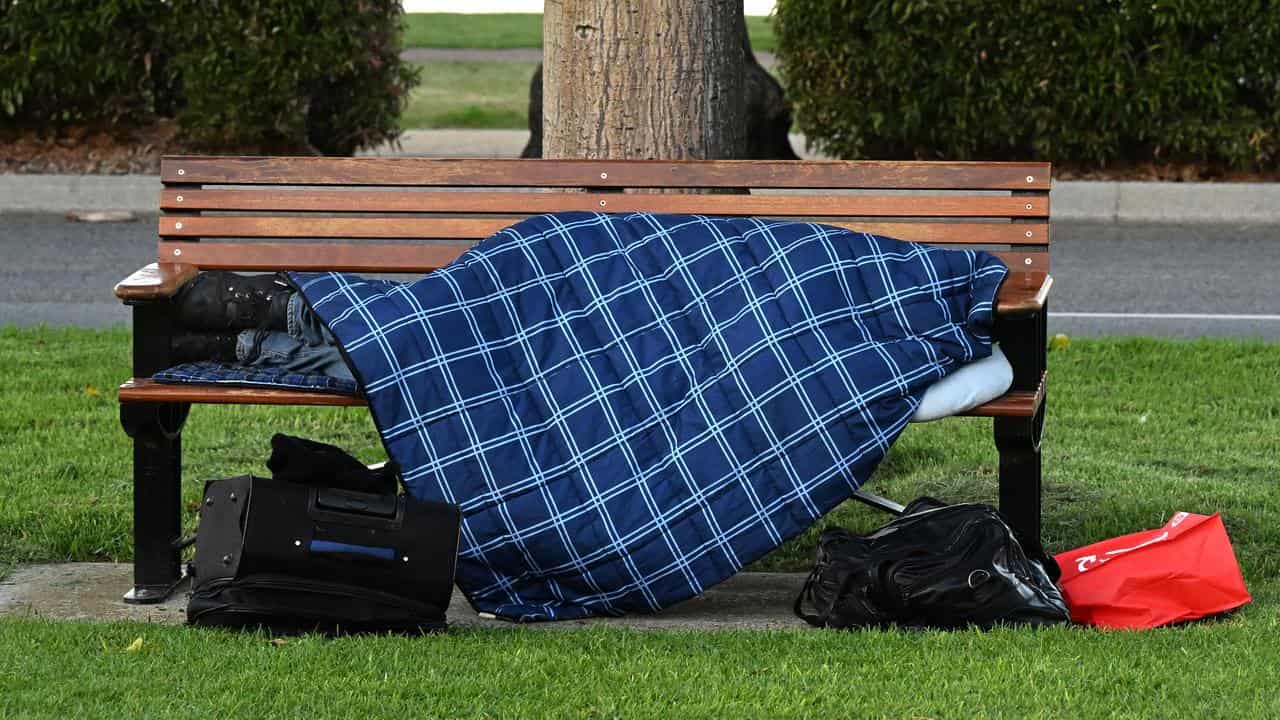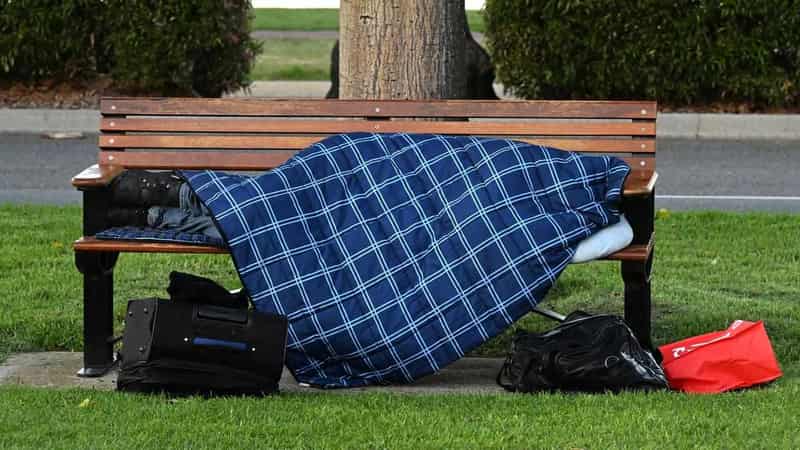
A "heartbreaking" housing crisis is pushing an increasing number of people onto the streets as advocates renew calls for a levy on short-term rentals to fund crucial services.
The annual street count, released on Friday, revealed a 25 per cent spike in the tally of people sleeping rough in NSW.
Officials found 2037 sleeping on the streets during the February headcount, up from 1623 a year earlier.
Some of the largest increases were in coastal areas, including a near-80 per cent rise in rough sleepers in the Coffs Harbour council region.
Homelessness NSW chief executive Dom Rowe called for the state government to introduce a levy of at least 7.5 per cent on short-term rental accommodation, similar to a measure Victoria introduced in late 2023.
"These figures are heartbreaking, they represent those who cannot keep up with exorbitant rental increases in the private market as well as women and children escaping domestic violence," she said.
"NSW must be at least as ambitious as Victoria ... the money raised through this levy must go to underfunded frontline services forced to turn away one in two people seeking help."
Byron Shire, a popular tourist region in northern NSW, had the most people sleeping rough of any local government area in the state.
It and several other coastal areas, such as Sydney's northern beaches, have become home to large camps of homeless people sleeping in tents amid a dire shortage of affordable accommodation.
Homelessness Minister Rose Jackson said the regional figures were unprecedented but not unexpected.
“We don’t just need data to tell us this - our regional communities are feeling this every day,” she said.
Ms Jackson said the government was looking at every option to tackle the housing crisis, including through a review of short-term accommodation rules and a possible levy.
Tighter restrictions have been introduced in Byron Shire, where a 60-day annual cap on non-hosted short-term rentals applies.
Homelessness NSW is also calling for a $1 billion annual spend to build 5000 social houses a year, along with $30 million across three years for extra temporary accommodation.
The state opposition accused Ms Jackson of "turning her back on homelessness providers".
“As the housing and economic crisis continues to escalate, there is a real risk more people will experience homelessness for the first time," Liberal MP Natasha Maclaren-Jones said.
“The NSW Labor government must act now and provide additional funding to support our already stretched homelessness services.”
Of the people found in the latest street count, 64 per cent were staying in vehicles, 18 per cent were in open spaces and 10 per cent were in makeshift dwellings.









